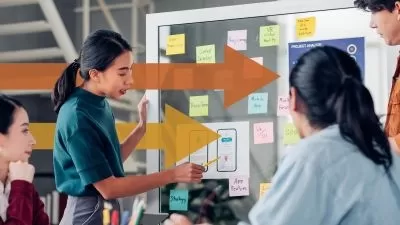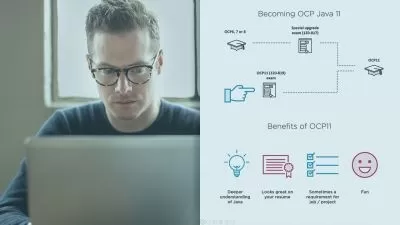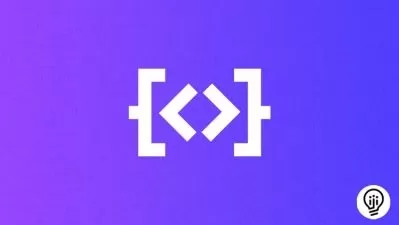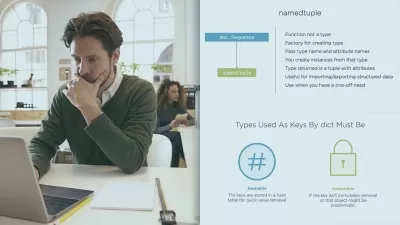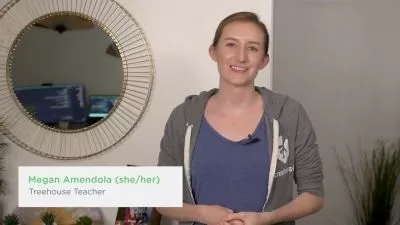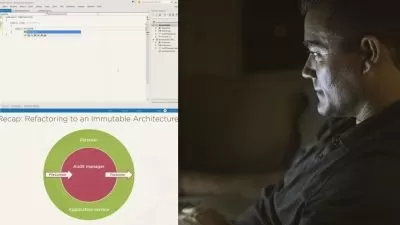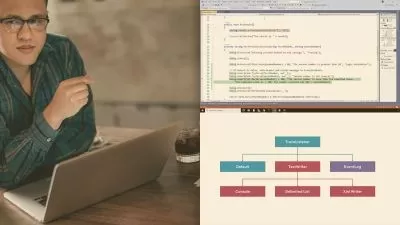Murach’s Mainframe COBOL
Tom Taulli
5:54:58
Description
This course, which is based on the book called Murach’s Mainframe COBOL, will teach the essentials of the COBOL language, reports, file handling, CICS (for transactions) and DB2 (for databases).
What You'll Learn?
Are looking for employment opportunities with COBOL development? In this course, the learner will get comprehensive instruction on three main themes of COBOL development. First, there will be a look at using the VS Code editor and how to connect this to a live mainframe. This platform will allow for a better understanding of the fundamentals of the language, such as the commands, data structures, and the use of tools like JCL to compile and launch programs. Next, there will be a look at tables, reports and file handling. These are critical for COBOL development since the focus is on business applications. And finally, the course will look at specialized use cases. These include CICS, which allows for real-time processing of user input, and DB2, which is a relational database. At the end of this course, the learner will have the skills and knowledge needed to be a successful entry-level COBOL developer.
More details
User Reviews
Rating
Tom Taulli
Instructor's Courses
Pluralsight
View courses Pluralsight- language english
- Training sessions 105
- duration 5:54:58
- level preliminary
- Release Date 2023/12/15






